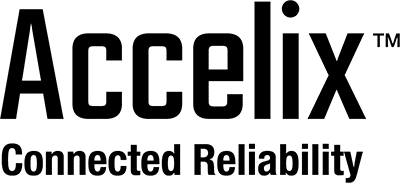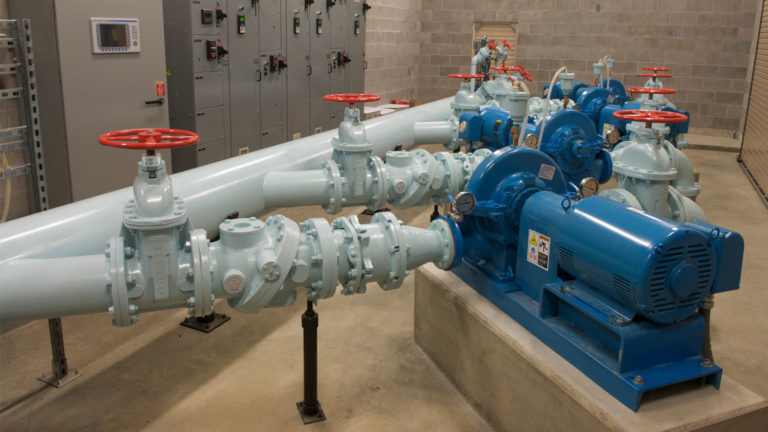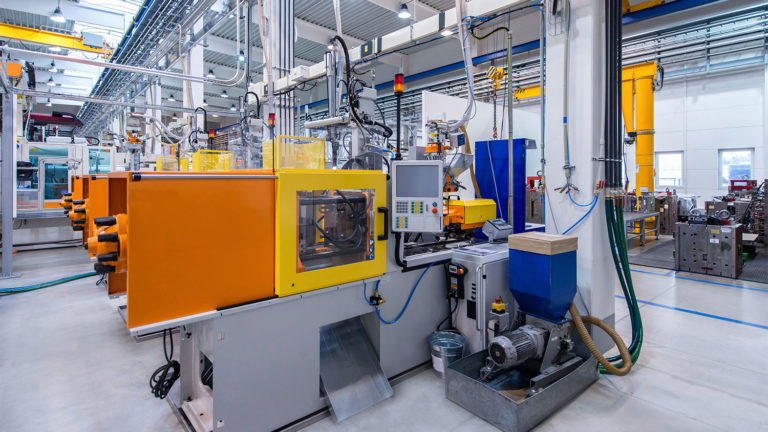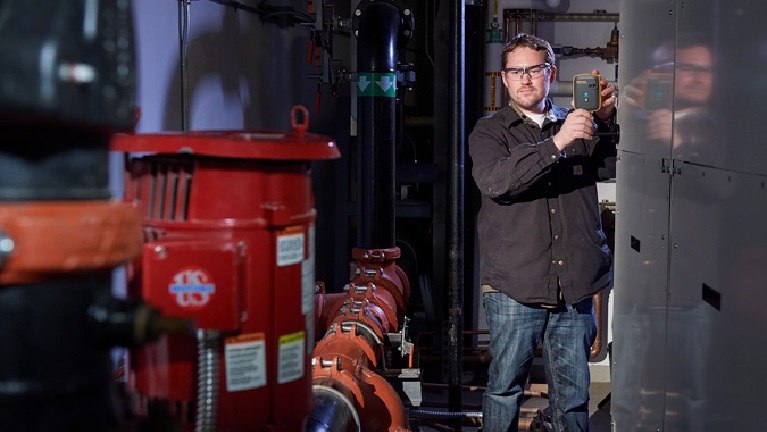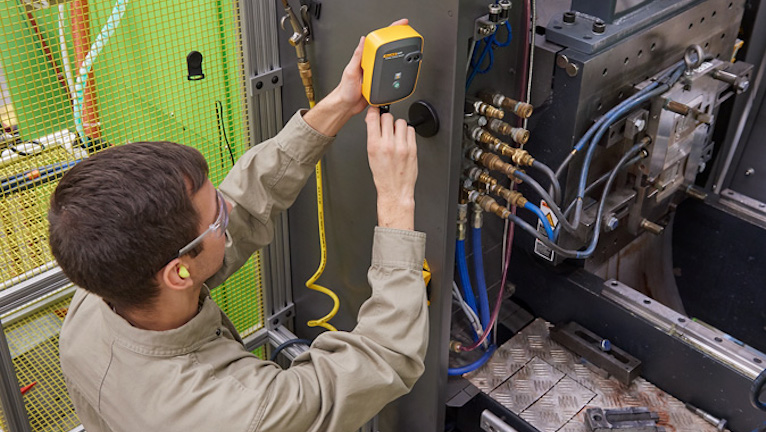What is reliability-centered maintenance?
Reliability-centered maintenance (RCM) is a process used to determine what must be done to ensure that physical assets continue operating as designed or required. By performing RCM, organizations develop individualized maintenance schedules for each critical asset within a facility or organization.
The four basic principles of an RCM program are stated in different ways by organizations globally. A program is RCM if it:
- Is scoped and structured to preserve system function
- Identifies failure modes, which are the ways in which something might fail. Failures are any errors or defects, especially ones that affect the customer, and can be potential or actual
- Addresses failure modes by importance
- Defines applicable maintenance task candidates and selects the most effective one in the case of important failure modes
Industry professionals have described an RCM program as:
“The best way to develop a maintenance improvement program.” – A. M. Smith
“[RCM] uses a cross-functional team to develop a complete maintenance strategy designed to ensure inherent design reliability for a process or piece of equipment.” – Doug Plucknett
“[RCM is a way] to identify components whose functional failures can cause unwanted consequences to one’s plant or facility.” – Neil Bloom
When is a maintenance program considered reliability-centered?
Evaluation Criteria for Reliability-Centered Maintenance (RCM) Processes (SAE JA1011) identifies the basic requirements a program must meet before it is truly RCM. It begins by asking these seven questions:
- What is the item supposed to do and what are its associated performance standards?
- In what ways can it fail to provide the required functions?
- What are the events that cause each failure?
- What happens when each failure occurs?
- In what way does each failure matter?
- What systematic tasks can be performed proactively to prevent or diminish the consequences of the failure?
- What must be done if a suitable preventive task cannot be found?
How to implement a reliability-centered maintenance program
There are three phases to setting up a RCM program — decide, analyze and act — and several steps within these phases to ensure full program implementation.
Phase I: Decide
Justification and planning must be based on need, readiness and desired outcomes. Preparing for RCM analysis is critical and will only as successful as the team behind it. The most effective cross-functional teams include maintenance employees; project leaders; subject matter experts; and, if possible, executive leadership. Additionally, documenting the project plan and associated procedures can be vital to keeping teams on track. The beginning of an RCM project is a great time to outline organizational goals, project management concerns, budget, timeline and potential obstacles.
Equipment selected for RCM analysis should be critical to operations, the cost of repair vs. replacement and previous spending on preventive maintenance. To select the best candidate, ask these questions:
- Could failure be difficult to detect during normal operation and maintenance?
- Could failure affect safety?
- Could failure have a significant impact on operations?
- Could failure have a significant impact on spending?
Define a complete list of an asset’s functionality, including as much data-driven information as possible. It is important for teams to specify desired asset performance levels instead of actual performance, as it may reflect an operational or maintenance issue. System functionality then drives the required functions of the equipment supporting the system functions.
Phase II: Analyze
Conduct the RCM study in a way that provides high-quality output. Functional failure is the inability of an asset or system to meet acceptable standards of performance. Failures can encompass poor performance, over performance, complete failure or performing unnecessary or unintended functions. For example, when a motor bearing is failing due to lack of lubrication, a Total Functional Failure would be the motor not rotating or failing to function.
Next, teams should document what actually happens when failures occur. What can be observed? What is the impact to production from the failure? Is there a significant safety impact?
Failure modes must be considered once equipment and systemic functional failures are identified. One of the most common techniques to approach discovering failure modes is failure mode and effects analysis (FMEA). FMEA is a step-by-step approach for identifying all possible failures in a design, a manufacturing process, or in products and services. Understanding the effects of failure involves asking questions such as:
- What are the safety concerns with this failure?
- What impact does this failure have on operation/production?
- Does this failure mode result in full or partial outages?
Work scheduling software is found within integrated systems of tools, such as sensors, cameras and a computerized maintenance management software (CMMS). These products can help reduce missing scheduled work and equipment failures, making preventive maintenance optimization as efficient and streamlined as possible. Preventive maintenance task generation, preventive maintenance scheduling and inspections help facilitate continuous improvement and support for an organization’s preventive maintenance program.
Phase III: Act
Following the analysis, the team should act on the study’s recommendations to update asset and maintenance systems, procedures and design improvements. At this point, the most appropriate maintenance action can be identified based on the failure mode information. Failure management techniques can be grouped into two categories:
- Proactive tasks – Preventive and predictive maintenance techniques are performed to thwart equipment failure. Preventive maintenance is calendar- or usage-based and helps reduce the risk of failure. Predictive maintenance (also known as condition monitoring) can detect failures before they begin.
- Default actions – Firefighting or reactive maintenance deals with failures after the fact. Run-to-failure is a tactic in which equipment is operated until it fails, and then repairs or replacement is carried out.
Selecting the right strategy for failure management is rooted in an understanding of failure modes, criticality of equipment and the economic impact of failure.
RCM implementation with connected tools and sensors
Wireless test tools and condition monitoring software offer support for the RCM process. These tools can help maintenance programs generate, collect and consolidate data from sensors, tools and existing systems with remote monitoring.
With the power of infrared, vibration, power, temperature and electrical mapping, RCM teams have indicators for asset health based on asset inventory and trends. With a few clicks of a mouse, organizations have data to perform the analyses that RCM requires.
The goals of RCM include the ability to evaluate, categorize, prioritize and understand the appropriate way to minimize the impact of failures. Ultimately, by performing RCM, an organization can develop maintenance schedules specific to each critical asset within a facility or organization.
Successful implementation of a RCM process — coupled with connected sensors, tools and a CMMS system — will increase cost effectiveness, asset reliability, equipment uptime and provide an enhanced understanding of the level of risk that the organization must manage.
